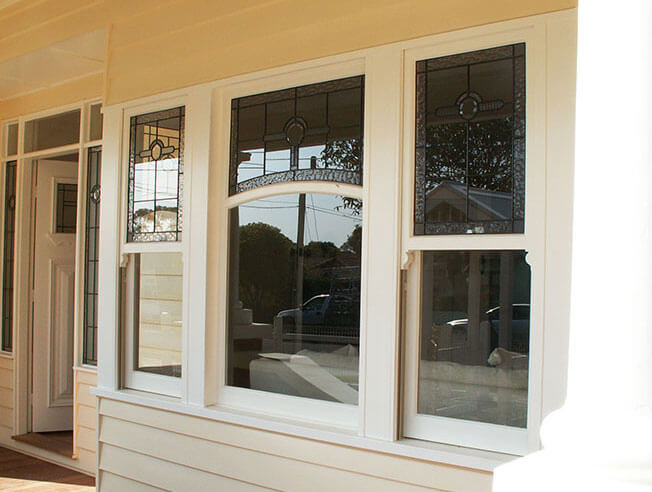All Categories
Featured
Table of Contents
Does Double Glazing Have A Vacuum? in Armadale Western Australia
Laminated glass is often utilized in locations in the home most susceptible to injury from human impact such as bathrooms, doors, around staircases and in areas near the floor (it fulfills the requirements of 'shatterproof glass' that is mandated for use in these locations by Australian Standard AS 1288 Glass in structures).
Toughened glass has actually been 'tempered' by being reheated and quickly cooled once again. This process makes it much stronger than basic glass it can resist higher impact loads before breaking. It likewise makes it more secure due to the fact that, when it does shatter, it breaks into many little cubic pieces rather than hazardous shards.
What Are Double Glazed Windows? in Willagee Perth
Nevertheless, toughened glass has no thermal or acoustic advantages over other glass of the very same toning or density. Secondary glazing is where single-glazed windows are retrofitted with a transparent acrylic or glass sheet attached to the within the frame or openable sash with a secondary frame or with magnetic strips.


Secondary glazing will not carry out too thermally as a made IGU, because it is impossible to absolutely seal the border, however it can offer great noise control. Window films are a thin polymer film consisting of a soaking up color or reflective metal layer, with an adhesive backing. They adhere to your glazing to change its colour or make it reflective.
Double Glazed Windows – Their Amazing Benefits For ... in Cannington Perth
Applied to existing glass, some window movies can cut in half the general SHGC of the window by soaking up and/or reflecting solar radiation. This can be especially helpful in hotter climates where cooling is the main concern, or on east and west elevations straight exposed to extended periods of sunlight. However, window movies might also minimize visible light transmittance.

For this reason, it is normally best to use an accredited installer of window movie. Frames have a significant influence on the thermal performance of windows and doors, because energy can be gained and lost through the frame, as well as through the glass. Different types of frame will allow various levels of heat gain and loss, so careful option of frame is essential for efficient passive design.
Double Glazing Australia Blogs in Hillarys WA
Aluminium is likewise an extremely good conductor of heat and will decrease the insulating value of a glazing system, unless specifically engineered to reduce this. A 'thermally broken' frame is made up of 2 aluminium areas linked by a structural insulator (normally a low-conductivity structural polymer). This 'breaks' the thermal connection through the aluminium and reduces the heat flowing through the frame.
They can be expensive, however rates are decreasing as they end up being more typical. Lumber frames are an excellent natural insulator that can suit some house designs. Timber frames ought to be made from types that have naturally high toughness or be treated to avoid decay and deformation. Examine that the wood is sourced from a sustainably handled forest.
The Science Behind Double Glazed Windows in Hillarys WA
(weather condition removing) is set up.
u, PVC windows and doors have outstanding thermal performance Picture: Ben Wrigley (Light Home Architecture and Science) Composite frames use aluminium profiles on the external sections with either a wood or u, PVC inner area. These combine the low upkeep and resilience of aluminium with much improved thermal efficiency.
Latest Posts
Home Window Glazing - Sustainability Victoria in Carmel WA
Windows Of Opportunity: Your Guide To High-performance ... in Kallaroo WA
Double Glazing Windows in Rockingham WA